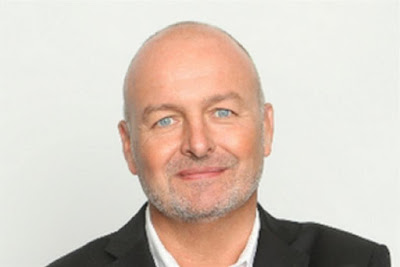
Adweek published an interview with RAPP EVP of Human Resources Carolyn Doud, who discussed how she hires. It’s always nice to see an HR wonk share hiring tactics without mentioning diversity. A quick peek at RAPP’s executive leadership says all you need to know about the White advertising agency’s commitment to inclusion.
Agency HR Head on Creative Hiring and Talent as the Ultimate Differentiator
RAPP’s Carolyn Doud discusses how she hires
By Patrick Coffee
Specs
Current gig Evp of human resources at RAPP
Previous gig Executive director of global talent acquisition and management at Avon Products
Twitter @DoudCarolyn
Age 42
Adweek: What led you to the agency world after working in consumer products with Avon and ConAgra Foods?
Carolyn Doud: A lot of things came together at once for me. I started my career as part of a professional services practice, but I was always drawn to consumer marketing and, after going client-side, I got excited about working for companies that are constantly looking to evolve. That’s what took me to my positions at ConAgra and Avon, which was about being a member of a truly global organization. When I started thinking about the “next thing” for me, the idea of being in a great creative environment that places a high premium on talent to differentiate itself from the competition was a top priority.
What about RAPP in particular appealed to you?
Now is a great time for the type of work that RAPP does; it’s about being really smart regarding both the consumer and your clients. RAPP is particularly well-positioned because of its legacy in data, and we have something unique among agencies in my mind because we are focused on making sure that our clients differentiate themselves through the experiences they provide and the connections they make with their customers. As a talent manager, joining a company that inherently understands the role that user experience plays in creating a reaction and response behavior for consumers is a sort of panacea. Now, I want to build an environment where creative people can be successful.
How does HR/talent management differ at a creative agency versus a consumer goods company?
There’s a tendency to focus on the client (for the right reasons) as opposed to internal teams, and some agencies may not adapt quickly enough in that respect. That’s not to minimize the importance of leaders because for me it’s a gift when someone becomes a great manager of people with an eye for talent. Talent really counts. Yes, the focus needs to be on the clients—but let me give you the tools and structure to make sure you and your team can be successful. We are without question developing our point of differentiation (which is our people) ourselves by taking them through a series of experiences that broaden and deepen their perspective so they can think about clients’ issues in an evolving way. That’s what’s so interesting about the creative business: It’s driven by a breadth of perspective. At the same time, there’s a realism in the agency world while the corporate side is too profit-driven. This industry in particular has the ability to have a much more authentic conversation with consumers because everything we do has to have a purpose beyond profit. Bottom line: If our people are not successful, then our agency is not successful.
What do you look for in new hires?
From a leadership perspective, what’s important is a balance and a sensitivity to the importance of people and personal development as part of how they would grow the business. The work is absolutely what we do, but the people are how that work happens. I always focus on how someone reads: Are they informed, do they produce content and are they heavy communicators with their teams? At the end of the day, we are a business and there is a very specific focus at any agency around creating value for clients. So I am interested in not only understanding a candidate’s subject matter expertise but how they think about growing the business and how they maintain the ability to look at things through a lens other than that which they have lived.
If I’m applying to work at RAPP or another creative agency, which aspects of my experience should I focus on?
I would say absolutely focus on a connection to the business that we’re in and an understanding of how the organization has to operate to be successful. I’m all about purpose over process and looking outside what everyone else is doing. I look for people who are courageous enough to say, “This doesn’t make sense.”














































